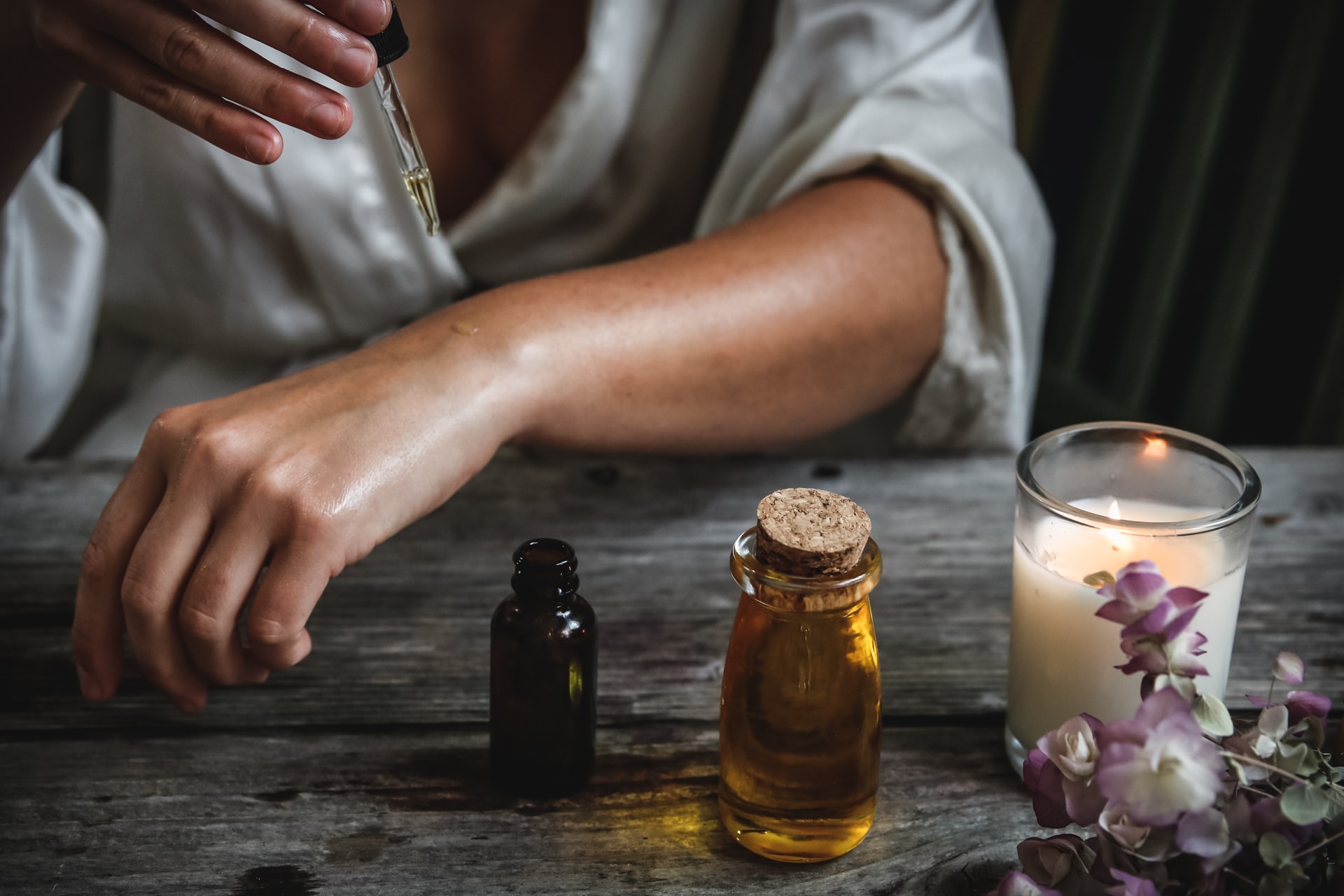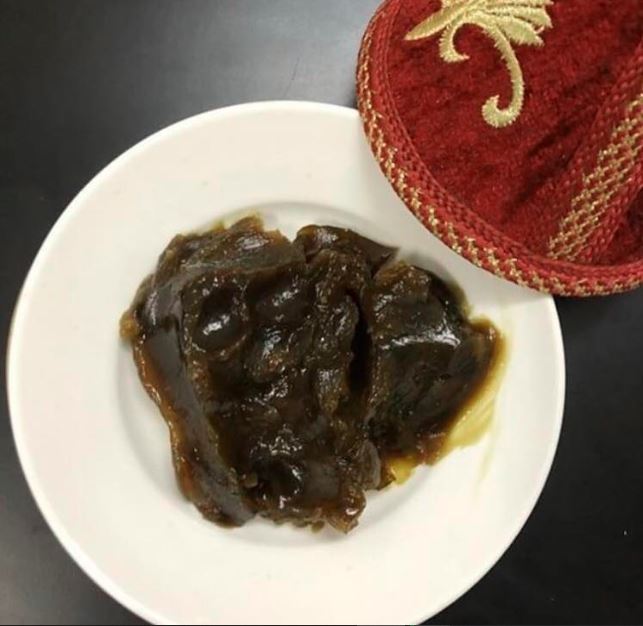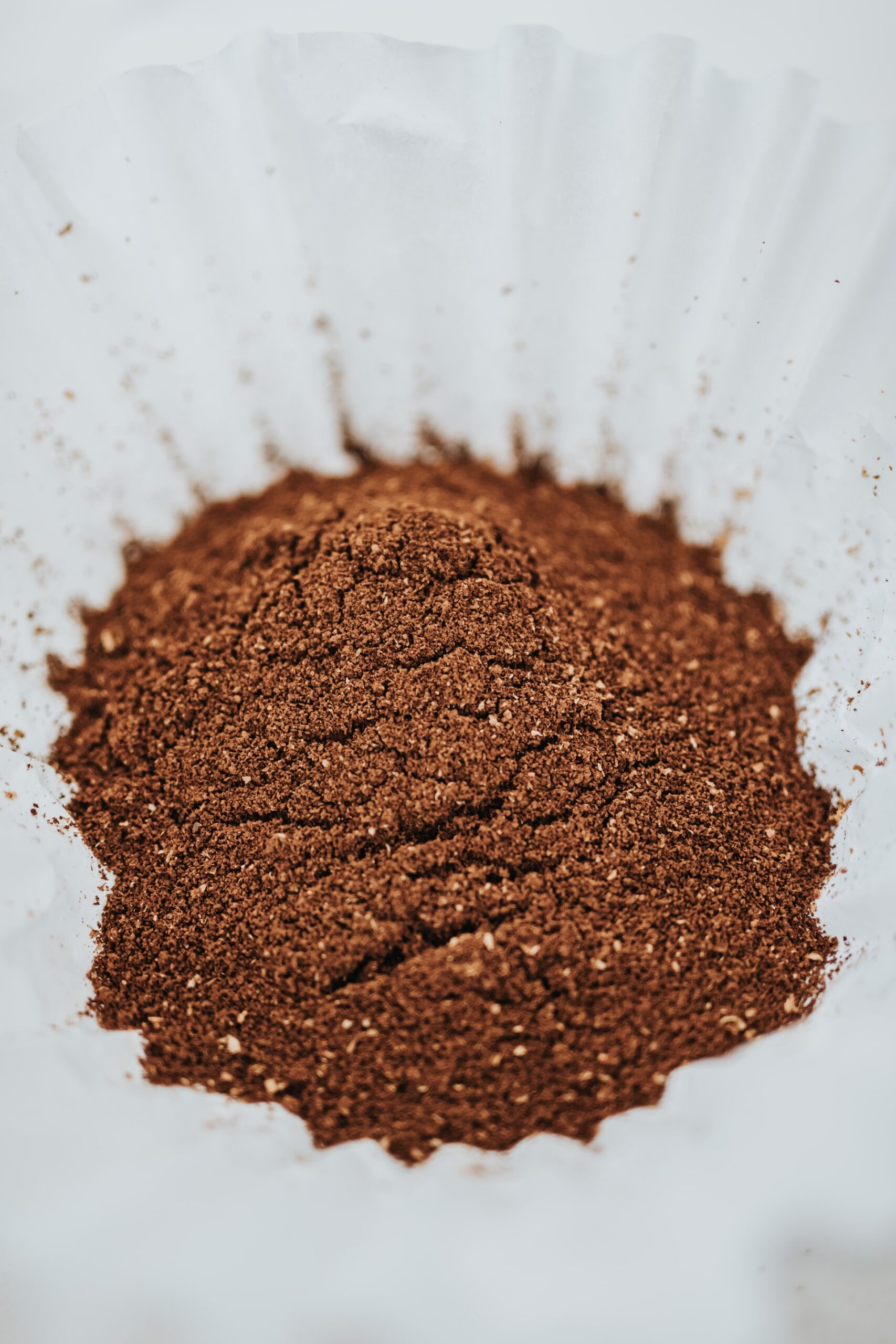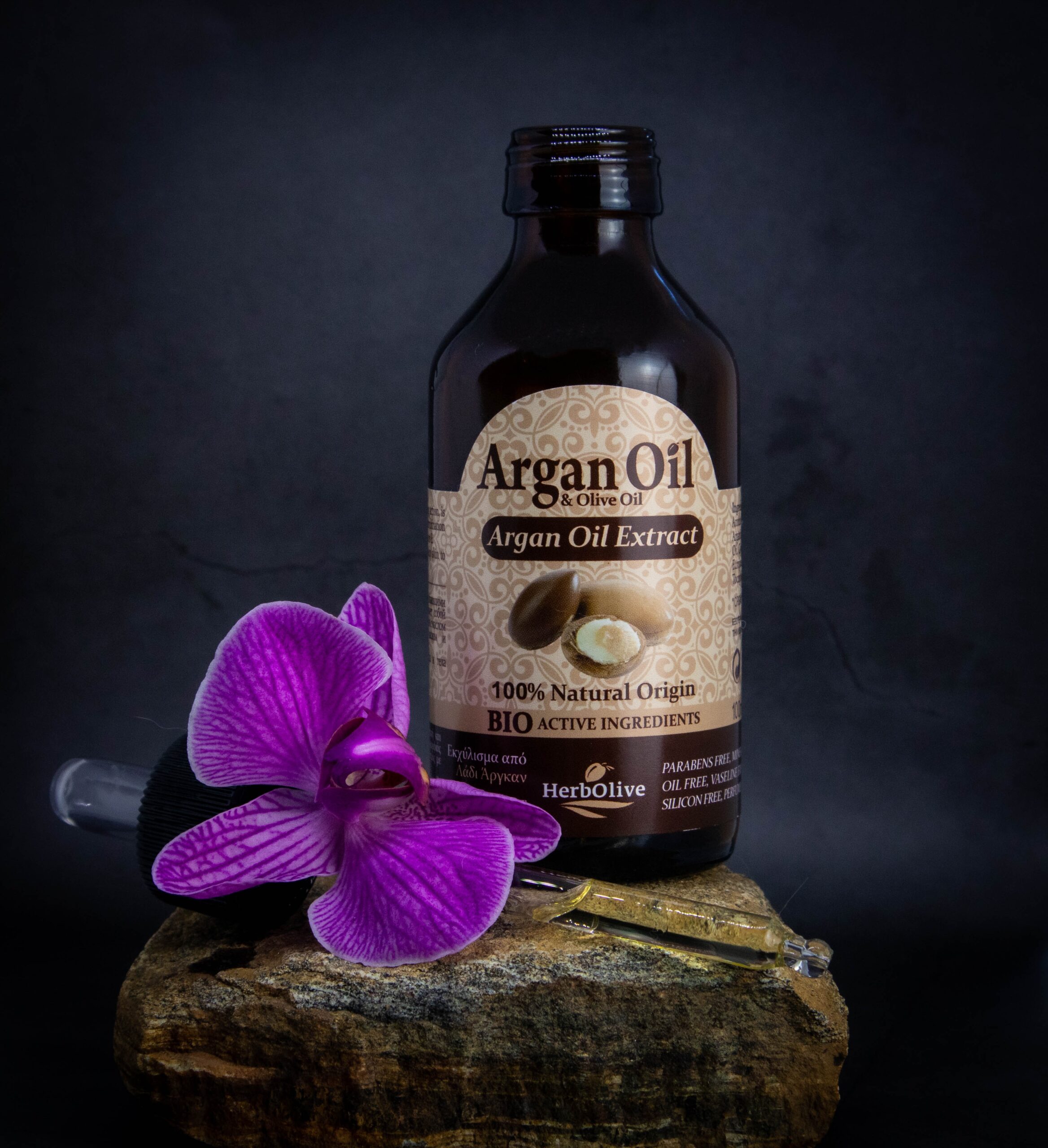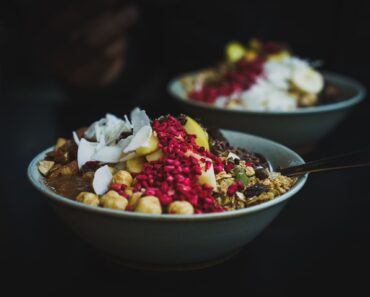Benefits of Moroccan Bath (Hammam)
Moroccan Hammam
The Moroccan bath, or hammam, has a rich history dating back to the Roman Empire and has evolved into a cherished tradition in Morocco. It bears a strong resemblance to modern spas and plays a vital role in Moroccan life. Many Moroccans visit the hammam weekly to enjoy its health and cosmetic benefits. It also serves a significant social function, often being a venue for women’s gatherings, pre-wedding preparations, and other community events.
The traditional hammam experience typically involves multiple stages: starting with warm water to prepare the body, followed by a massage, thorough cleansing, and exfoliation. This process detoxifies the skin, leaving it refreshed, soft, and smooth. The hammam usually features various sections with different steam temperatures, akin to modern saunas, enhancing the relaxation and rejuvenation experience.
Moroccan aesthetic ingredients
In Moroccan baths, several key aesthetic ingredients are commonly used by Moroccan women to enhance their skincare routines. Some of the most notable ones include:
Moroccan black soap:
Black Moroccan soap, a cornerstone of the traditional Moroccan bath, is an essential element of Moroccan skincare. Renowned for its aesthetic and therapeutic benefits, this soap plays a crucial role in treating various skin conditions. It possesses antimicrobial properties, effectively removes toxins and dead skin cells, deeply cleanses, moisturizes, and helps reduce signs of aging. Composed of mashed black olives, olive oil, and water-soluble potash salt, it forms a rich, buttery paste. Notably, Moroccan soap is also high in vitamin E, contributing to its nourishing and rejuvenating effects.
Moroccan clay:
Moroccan clay, a revered component in Moroccan skincare, originates from ancient organic deposits in the Atlantic Mountains of northeastern Morocco. It is widely used as a mask for both skin and hair, offering cleansing, detoxifying, and moisturizing benefits. Rich in silica, magnesium, potassium, and calcium, this clay is highly effective in promoting healthy skin and hair. Typically available in powder form or as small bricks, Moroccan clay can be mixed with rose water or orange blossom water to achieve the desired consistency and enhance its effects.
Moroccan glove fiber:
The Moroccan fiber, known as the “kessa” glove, is a traditional tool designed for use in Moroccan baths. With its coarse texture, the kessa is used to exfoliate the skin after applying Moroccan soap. It effectively removes dead skin cells, leaving the skin refreshed and smooth. However, it is not recommended for use on the delicate facial skin.
Argan oil:
Argan oil is extracted from the Argan tree (Argania spinosa), which exclusively grows in Morocco, particularly in the central-south region of the Sousse Valley. This versatile oil is used locally for a range of benefits, including:
- Treating dry skin
- Treating acne
- Treating psoriasis
- Alleviating joint pain
- Addressing skin infections
- Managing eczema
- Reducing wrinkles
- Combatting hair loss and dryness
- Serving as an antidepressant
- Providing strong skin moisturization
- Fading stretch marks
Its rich composition makes it a valuable remedy for various skin and hair concerns.

